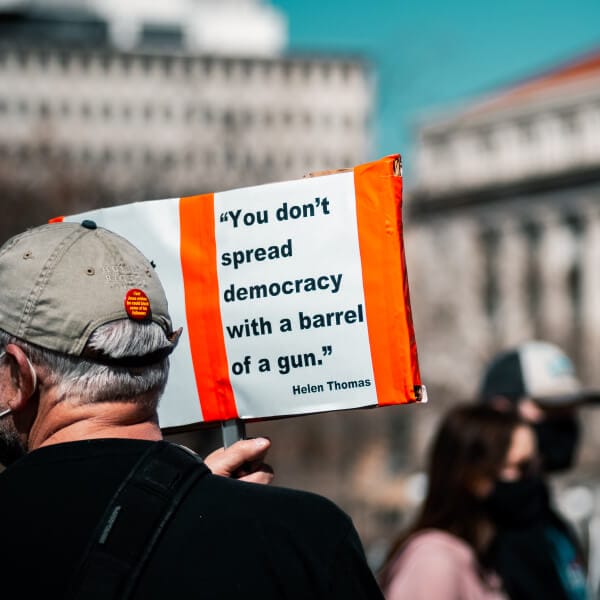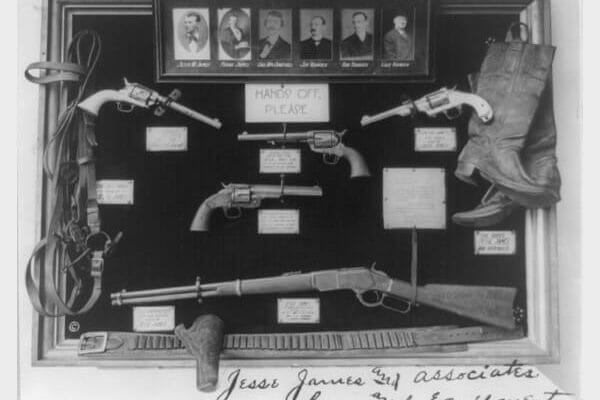At the end of March 2021, the flag over the White House was lowered to half-staff twice within one week in honor of the victims of deadly shootings, first in Atlanta, Georgia, then in Boulder, Colorado. A few weeks later, at the beginning of May, when many schools were welcoming students back after a year of remote learning, a sixth-grade girl opened fire at an Idaho middle school, injuring two students and one adult.
Whenever there is a school shooting in the United States, I think of my girlhood chum, whose son died in an infamous school shooting.
He was one of the shooters.
My older daughter was in high school at the time, and the shootings traumatized her entire school. We talked about the horror of losing a friend or child under those circumstances. Having my kids safe at home, I felt grateful. I felt horrible for the parents who lost a son or daughter so needlessly. I also felt sad for my friend who had suffered a huge personal loss and then faced blame and shame for her son’s actions.
March 2020 was the first March since 2002 with no school shootings. Today’s high school students have never been through a school year before without a school shooting in the news. This March’s shootings mean teachers and parents may have to address the topic of guns in America when it comes up in the classroom or at the dining-room table.
In many schools, the issue of guns and gun control is extremely divisive. At this time, a dispassionate approach to the subject is needed most.
Teachers can finesse the problem by assigning an independent reading project or an argumentative essay—with parental approval. The point of a school writing assignment or debate on the topic of gun control should NOT be to sway minds, but to open them.
Students should have access to materials on both sides of the debate. Libraries should offer a shelf or bookcase with books about guns, gun history, guns in recreation and sports, gun violence, gun rights, and gun control.
The gun-control debate offers a chance to teach students to recognize propaganda. Propaganda is a kind of crutch that some writers use to persuade their audience. It is an especially effective tool for reeling in supporters and turning them into true believers.

Teachers can review a variety of propaganda techniques. Students can learn to identify these devices: Does a writer repeat a slogan over and over or rely on loaded words? Do the arguments appeal to the audience’s fear? Does the writer wave the flag of patriotism or offer unreliable testimonials, rather than present real evidence?

After students crack the propaganda code, they can approach sources more objectively in any situation. Then they can analyze how well each argument holds up.
By analyzing the arguments, students become stronger debaters and critical thinkers, too. Whether for or against gun control, students can benefit as they learn what makes the other side tick.
Coming in 2022 from Read/Learn Press: THE STORY OF GUNS IN AMERICA And the Raging Battle Over Controlling Them

